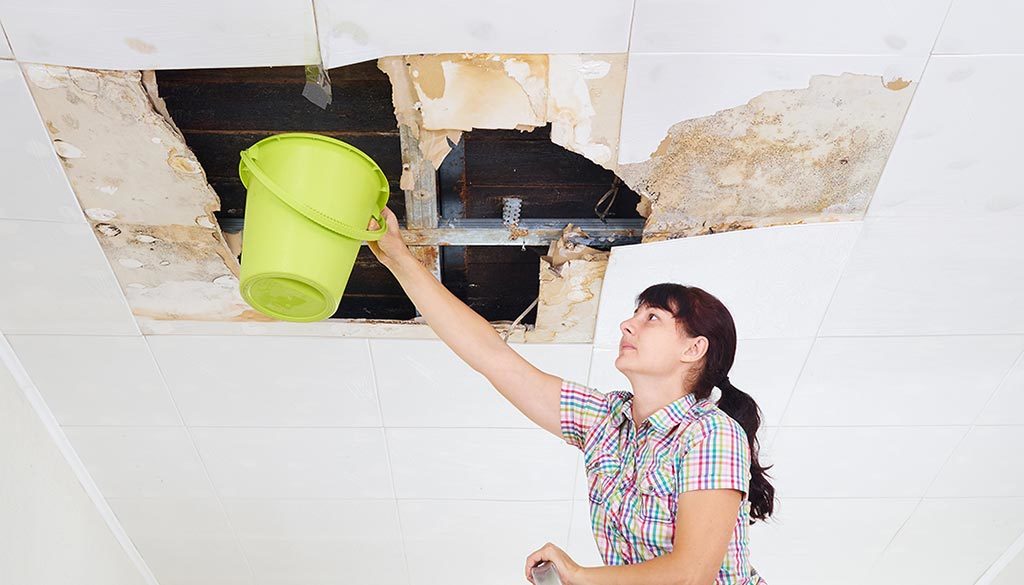Important Steps for Effective Water Damages Reconstruction in your house
Water damages in your home can be a stressful occurrence that calls for instant attention and organized remediation. When encountered with water damage, recognizing the necessary steps to take can make a substantial difference in the end result of the remediation procedure.
Determine the Water Damages Source

To identify the water damage resource, beginning by visually examining your property for any type of noticeable indicators of water leak or merging. Check areas prone to water damage such as basements, attic rooms, and around pipes components.
In instances where the resource of water damages is not immediately obvious, consulting with an expert water damages reconstruction firm can provide experience in situating and addressing the underlying cause effectively. Swiftly identifying and addressing the water damage resource is essential in minimizing the extent of damages and making certain an effective reconstruction procedure.

Get Rid Of Excess Water
To successfully mitigate water damage in your home, prompt removal of excess water is vital to stop additional architectural damage and mold and mildew development. The primary step in eliminating excess water is to determine the source and stop the water from going into the residential property. When the source is managed, begin extracting standing water using specialized equipment such as water pumps, wet/dry vacuum cleaners, and dehumidifiers. It is critical to act promptly, as stationary water can permeate into walls, floors, and furnishings, creating irreparable damages. Begin by concentrating on the most damaged locations and slowly work towards drying the whole area.
When removing excess water, focus on security by ensuring that power is shut off in flooded locations to avoid electrical dangers. Furthermore, put on safety equipment such as handwear covers and boots to minimize call with contaminated water. Be thorough in the removal process, as also percentages of moisture left can lead to mold and mildew growth and endanger the structural honesty of your home. By quickly getting rid of excess water, you can substantially reduce the degree of water damages and restore your home to its pre-damaged condition.
Dry Out Affected Areas
Prompt removal of excess water sets the foundation for the next essential action in water damage repair: drying the influenced locations extensively. As soon as the standing water has actually been removed, the emphasis changes to drying out the room entirely to protect against more damages and mold and mildew development.

In addition, making use of customized tools like wetness meters can assist in determining covert pockets of moisture within walls or floor covering, making certain a detailed drying out method. It More hints is important to keep track of the drying progress routinely to avoid any kind of troubles or prospective mold infestations.
In instances check it out of substantial water damage, seeking specialist assistance from water damage restoration specialists is a good idea to guarantee thorough drying out and avoid long-term architectural problems. Remember, detailed drying is key to effective water damage repair and avoiding future complications.
Tidy and Disinfect
After drying out the influenced locations, it is important to clean up all surface areas with soap and water. Making use of EPA-approved disinfectants can aid in reducing the effects of prospective wellness risks present in standing water or moisture-soaked products.
When cleansing and disinfecting, it is essential to use proper protective gear such as gloves, masks, and goggles to protect yourself from any type of dangerous materials. Pay unique focus to locations that are typically ignored, such as surprise edges, wall surface tooth cavities, and under floor covering, as they can harbor wetness and germs, resulting in mold growth and foul odors if left untreated.
Repair and Restore Broken Locations
After finishing the cleaning and disinfection procedure, the next important action in water damages reconstruction is to fix and bring back the damaged locations in your house. When the affected areas have actually been completely cleaned up and sanitized, it is vital to analyze the extent of the damages to identify what repair work are necessary. This might include repairing architectural damage, replacing drywall, fixing flooring, or restoring harmed furniture and possessions.
It is important to resolve water damage promptly to stop additional issues such as mold and mildew growth or architectural look here damage. Employing specialist specialists or restoration professionals can guarantee that fixings are done properly and effectively. They have the knowledge and tools to manage water damages remediation properly.
When repairing and recovering damaged locations, it is crucial to use quality materials that are immune to water damages to stop future problems. Additionally, making sure proper ventilation and dampness control in the restored areas can aid avoid mold and mildew development and maintain a healthy interior setting. By dealing with water damages without delay and efficiently fixing and recovering damaged areas, you can make sure the lasting safety and integrity of your home.
Final Thought
To conclude, effective water damage repair in your house calls for identifying the source of the damage, eliminating excess water, drying out impacted locations, cleansing and disinfecting, and fixing harmed locations. By following these vital steps, you can alleviate the influence of water damages and recover your home to its pre-damaged problem. It is critical to act without delay and extensively to avoid further damage and make sure a risk-free and healthy and balanced living atmosphere.
Comments on “Water Damage Restoration Albany NY: Swift Solutions for Your Residential or commercial property!”